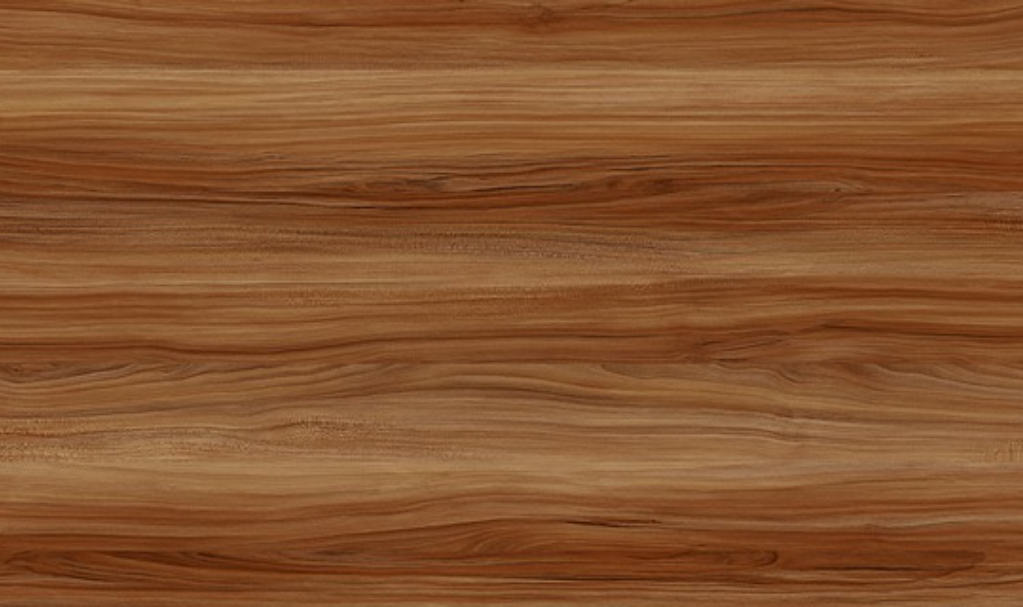There are only a few truly indispensable hand tools for woodworking today. Near the top of the list would be the basic chisel.
This is a tool that does it all, from carefully paring away thin shavings in intricately detailed work to quickly scooping out large chunks of waste wood. You will find chisels in every basic aspect of woodworking from furniture making to trim carpentry to woodcarving.
There are several different types and sizes of chisels one should carry in their woodworking shop and each is designed for a specific job. You could consider purchasing a 4-piece set that includes ¼-, ½-, ¾- and a 1-inch beveled bench chisel with blade lengths from 4 to 6 inches.
Plastic handles are best because they can stand up to being hit by a mallet and are comfortable to hold for long periods of time. If you only have the budget for one, purchase a ¾-inch chisel, and be sure to purchase a reputable brand because quality counts, it will hold up to repeated sharpening longer.
To chisel a shallow mortise or notch at the border of a piece of wood, begin by placing the indentation edge with a blade grove. And then, place the beveled edge in front of the throw-away area, position the chisel edge in the subsequent line, holding the chisel perpendicularly and tap with your mallet which makes the cuts around the border.
Place the bevel downward; make one-sided cuts from the stock facade to the border cuts to make the indentation walls. Following the angled boundary cuts to the preferred deepness, rotate the chisel bevel side up and cut diagonally against the grain and taking away the majority of the unusable portion.
When the indentation has come to its estimated dimension, use tiny cuts to help reach its final size and deepness.
Use a wide bevel chisel, with the bevel up in a semi-circular sweeping motion with the straggling end of the blade doing the slicing if you need to engrain paring done.
The easiest and quickest way to slice a cavernous Mortis is to first drill a sequence of holes with a drill bit that is to some extent tinier than the depth of the hole. Then use the chisel to shear away the throw-away pieces amid the holes.
Concave curves can be trimmed by using a chisel so as to be somewhat wider than the width of the reserve. Press down on the blade while rotating downwards on the handle and pushing straight ahead all while holding the bevel down.
Sharpening
For fast cutting and clean, a sharpened edge is necessary as well as for individual safety. An unsharpened tool makes a rough cut – you want everything to be smooth – but the additional strength necessary to drive the tool could cause you to have less control over the situation which could lead to accidents.
By honing a chisel regularly on a water or oil stone, you will keep it sharp and in top shape for cutting and scraping. The cutting edge bevel is typically around 20 to 35 degrees, however, you don’t have to hone the complete bevel, in its place, hone a small, minor bevel at the top to a little more of an angle than the most important bevel.
Set the bevel steadfastly on the stone and then rise the chisel about five degrees. Shift the blade back and forth until a wire edge builds on the back of the blade. Flip the blade over and lay it entirely level on the stone, glide it back and forth a few times to eliminate the edge of wire. Pare across an end grain as a check for unevenness.





